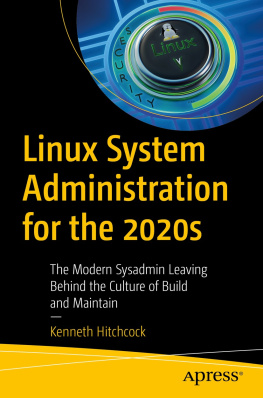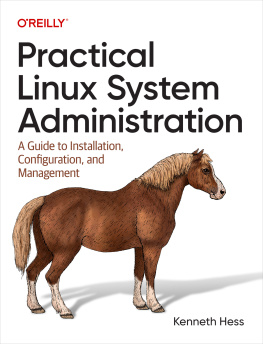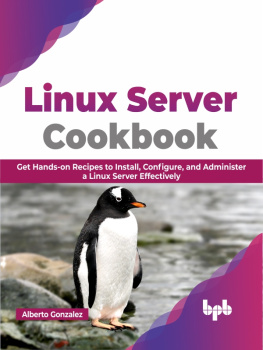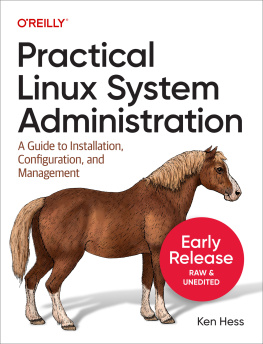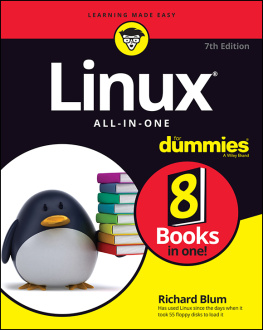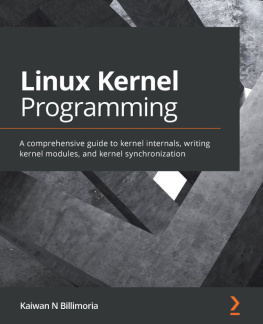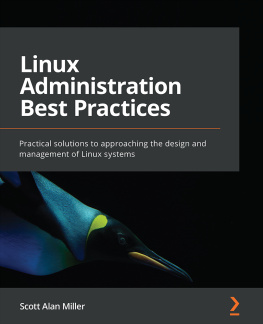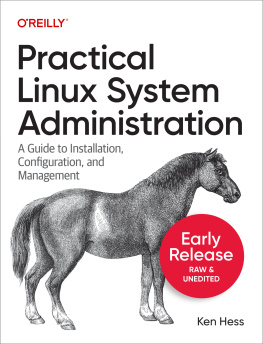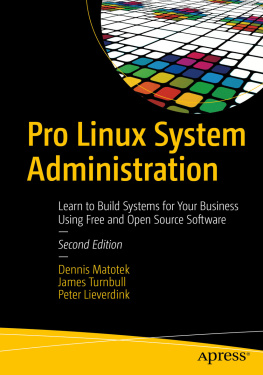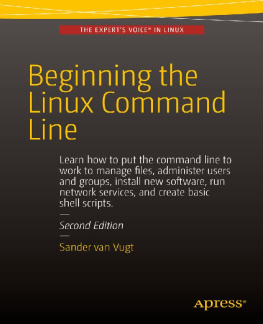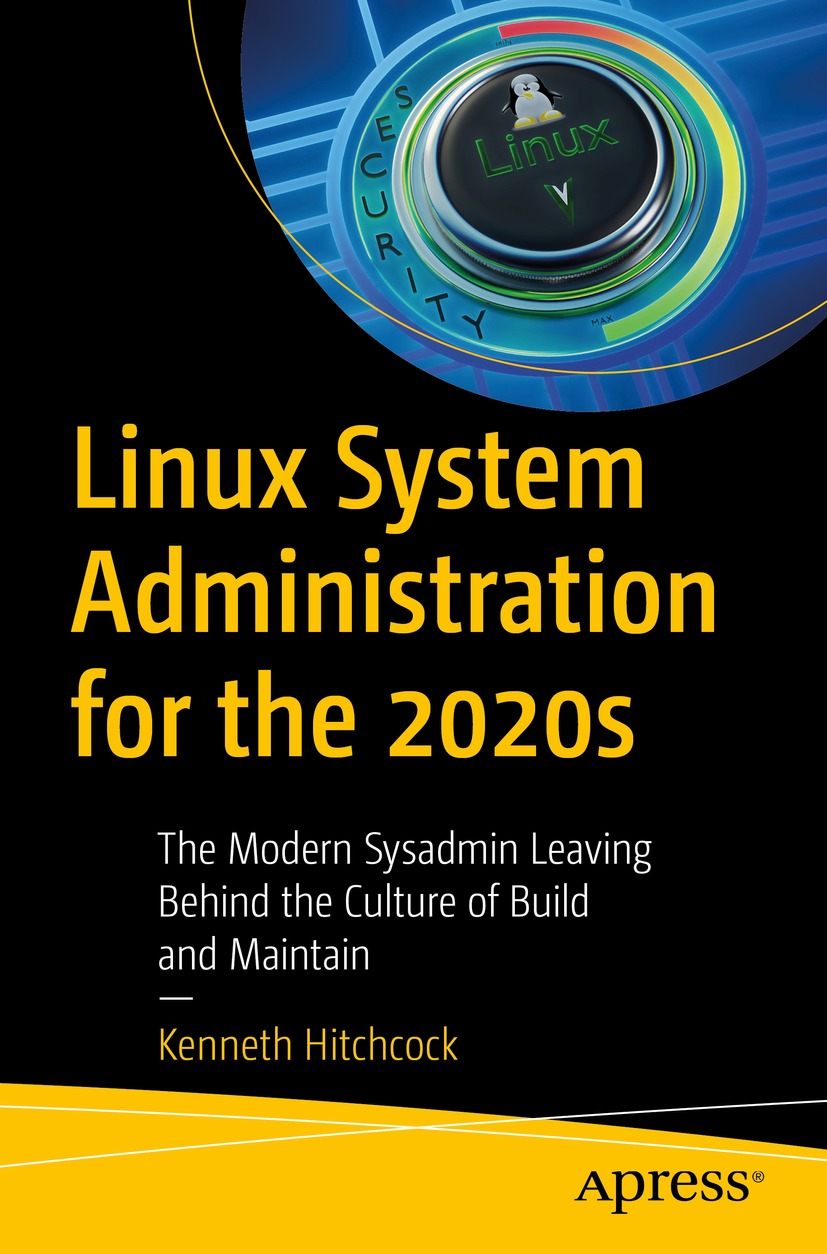Kenneth Hitchcock
Hampshire, UK
ISBN 978-1-4842-7983-0 e-ISBN 978-1-4842-7984-7
https://doi.org/10.1007/978-1-4842-7984-7
Kenneth Hitchcock 2022
This work is subject to copyright. All rights are reserved by the Publisher, whether the whole or part of the material is concerned, specifically the rights of translation, reprinting, reuse of illustrations, recitation, broadcasting, reproduction on microfilms or in any other physical way, and transmission or information storage and retrieval, electronic adaptation, computer software, or by similar or dissimilar methodology now known or hereafter developed.
The use of general descriptive names, registered names, trademarks, service marks, etc. in this publication does not imply, even in the absence of a specific statement, that such names are exempt from the relevant protective laws and regulations and therefore free for general use.
The publisher, the authors and the editors are safe to assume that the advice and information in this book are believed to be true and accurate at the date of publication. Neither the publisher nor the authors or the editors give a warranty, expressed or implied, with respect to the material contained herein or for any errors or omissions that may have been made. The publisher remains neutral with regard to jurisdictional claims in published maps and institutional affiliations.
This Apress imprint is published by the registered company APress Media, LLC part of Springer Nature.
The registered company address is: 1 New York Plaza, New York, NY 10004, U.S.A.
Introduction
This book is divided into four main parts with each designed to expand from the previous. More subjects are introduced as you go along; some may require further reading, and others are explained. At the end of the book, you will be left either feeling happy that you are doing things the right way or have a thousand ideas on how to improve.
Part 1
If you are reading this book with existing Linux knowledge, use Part 1 as a refresher or an opportunity to see things from a different perspective. It is entirely possible there is something you may not know or have possibly forgotten.
For the reader new to Linux, this is not a book to teach you all the foundational skills either or bring you to the same level as readers with years of experience; that will require more effort on your part. It will, however, give you the keywords and subjects you will need to explore further on your own.
Anyone who has ever been exposed to something new will understand the statement you dont know what you dont know. Part 1 is there to give you the breadcrumbs to these unknowns; further chapters will give you a bit more. The value in Part 1 will come from the structure it gives; it will show you what to learn and where to focus to build a solid foundation.
The advanced users with many years of experience will most likely breeze through the first chapters and not gain anything new. All I can offer you is a different perspective on how I believe a solid Linux knowledge foundation can be laid.
Each of us comes from different backgrounds; we have different views on how things should be done and how we have always done them. Take Part 1 as either a refresher or a stepping stone to a greater understanding of the Linux and open source world.
Part 2
Part 2 will explore how to improve ways of working with Linux systems and hopefully give you a few shortcuts along the way. It contains much of my experience as a consultant from the last ten years and will contain some interesting views on what I have experienced a little more recently. The ultimate goal of this part is to bring you up to speed with the latest estate management trends and tools. Everyone who is reading this book should gain some benefit from what I am sharing with you.
It will start with new tooling and the new ways of working most organizations have started to adopt. Using these new tools, we will delve into estate management and how Linux systems have and should be provisioned. We will look into backing up and restoring platforms with a good understanding of the disaster recovery options available today. We will visit good and bad practices people commonly do and how to avoid them. We will then discuss best practices for running an efficient environment.
Like we discussed community and enterprise Linux distros in Chapter , we will discuss community and enterprise estate management tools. We will look at how these tools can be leveraged to build a solution that can be truly inspirational.
With good statement management, there needs to be a high degree of automation; in Chapter , we will explore in-depth automation concepts and practices to achieve higher productivity than what it was like to build systems ten years ago.
Finally, we will discuss different aspects of containerization, when is the right time and what should and should not be containerized.
Part 3
Day two operations are the most important aspects of keeping your Linux estate running. These are the nuts and bolts of tailoring your Linux estate to your organizations needs. Part 3 is going to be focusing on some of the most important day two configurations needed for a Linux system to be supported by your organizations.
Chapters leading up to Part 3 were not heavily focused on how to use these tools but more focused around what they were for and what you could spend your time looking into further.
In Part 3, however, we are going to focus on a bit more of the traditional Linux system administration day two operations. We will be looking at monitoring, logging, security, and how to plan system maintenance. Some of the tooling you may already be using, and some might not be what you have seen before. These chapters will explore what I have seen in the industry over the last decade and discuss some interesting new ways of working.
Part 4
The goal of Part 4 is to help you to understand how a problem should be seen and analyzed before taking any action, allowing for effective troubleshooting instead of guessing where the issues could be. Part 4 will give you a solid theoretical foundation to use when taking on difficult problems.
When a problem does go beyond our understanding or we just dont have the time to spend days trying to find the root cause, we need to ask others for help. Learning the correct ways on how to ask for help will save frustration when the community does not respond as you would have liked.
Finally, we will briefly delve into a few advanced administration tools that can be used to give you more information about your system.
Any source code or other supplementary material referenced by the author in this book is available to readers on GitHub via the books product page, located at https://github.com/Apress/Linux-System-Administration-for-the-2020s. For more detailed information, please visit http://www.apress.com/source-code.

